Fujifilm F30 Camera
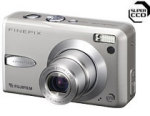 | My Sony DSC-P71 (from 2001), one of my most faithful travel companions, was finally taken by silicon valkyries to the Electonic Valhalla. As the holidays approach, I needed a camera to record the festivities. This brought up the central issue: SLR or compact? Digital SLRs are approaching reasonable prices, and maybe it would be fun to explore the photography as a more serious hobby. However, they are bulky, and require extra space in the travel bag. Even if one invests in an SLR system, a compact is still a good choice for travel or spontaneous pictures. It was really a no-brainer: A compact digital camera is a necessity. |
But which compact? There are many excellent cameras out there. I did most of my research on the net, with some notable advice from Philip Greenspun of Photonet, and even Glenn Reynolds of Instapundit.
I ended up with getting the Fujifilm F30, via Amazon. I bought it because of its great low-light sensitivity (I hate how the flash washes out pictures), and includes all of the features that I need. A full review of the camera is at Digital Photography Review.
My biggest gripes so far include the accessories: I wish that it used SD memory cards (rather than the somewhat-rarer XD cards), I kind-of wish that it used standard rechargeable batteries (rather than its proprietary battery pack), and I really wish that it used the same USB interface that my other gadgets use. The different USB interface and proprietary battery pack mean that I have to carry more wires than before.
I've posted a couple of sample shots below, taken as I get used to the camera. I need to get familiar enough with the menus and switches and such, so that when the right situation arises, I can properly capture the picture. Other than the problems listed above, I like the camera, and I think that it is taking some good photos.
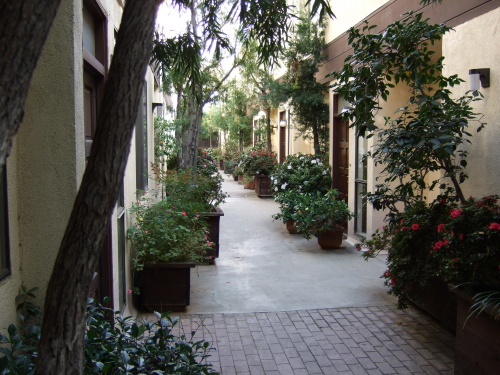 | My condo complex, during the day |
 | A shaded flower bed in my condo complex. |
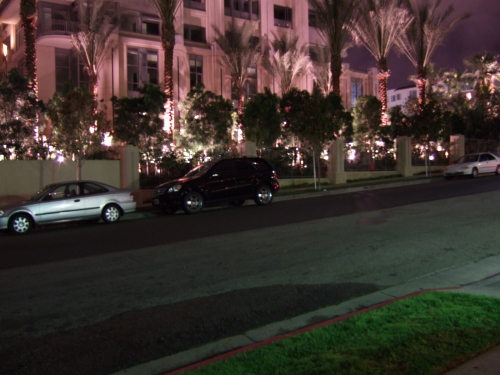 | The new highrise near my house (consider it a later view of the first picture in this blog entry). The low-light qualities of the camera can be seen… I wasn't even using a tripod. |
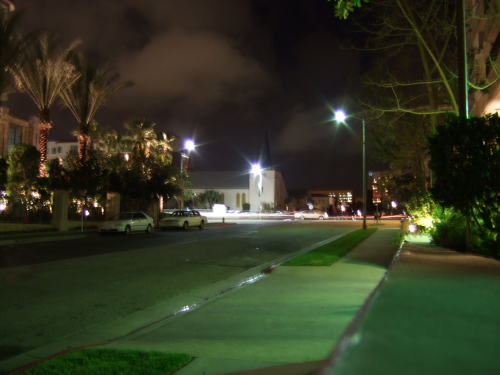 | Another night shot, of Wilshire Blvd. I steadied the camera on a wall, but no flash of course. |
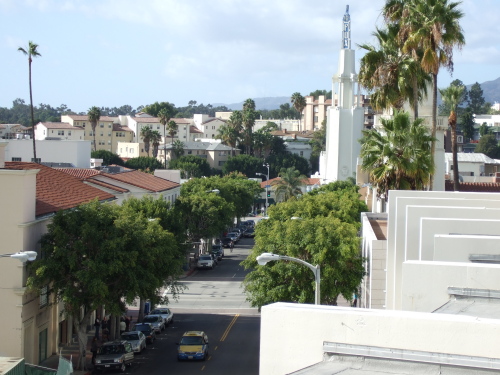 | A daytime picture of Westwood, from the Long's parking lot. The camera seems to have a tendency to "overexpose" when using the default settings. |
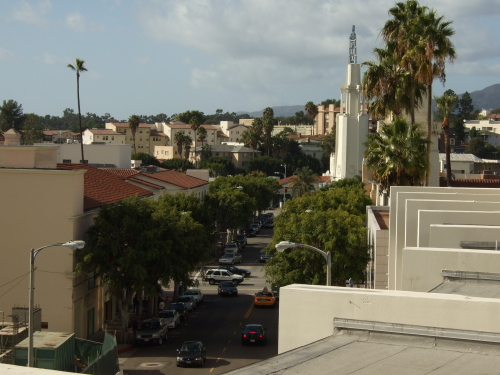 | But the picture turns out great with a little manual exposure adjustment. |
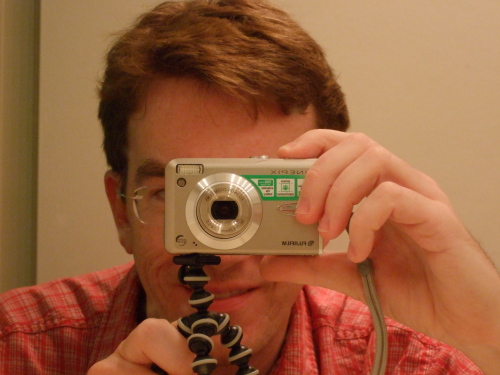 | The author and new camera. Notice that the camera is on a Joby Gorillapod, an early Christmas gift from Aunt Mary-Frances. That could be the best tripod ever. |
Added 12/17/2006: Photo.Net has a good set of suggestions for point-and-shoot photography. They point out that shadows are important to good photography. Since the on-camera flash reduces the shadows available to it (but does fill in light from other angles), it leads to the odd advice: Turn off the flash in the darkness, and turn on the flash in the brightness!